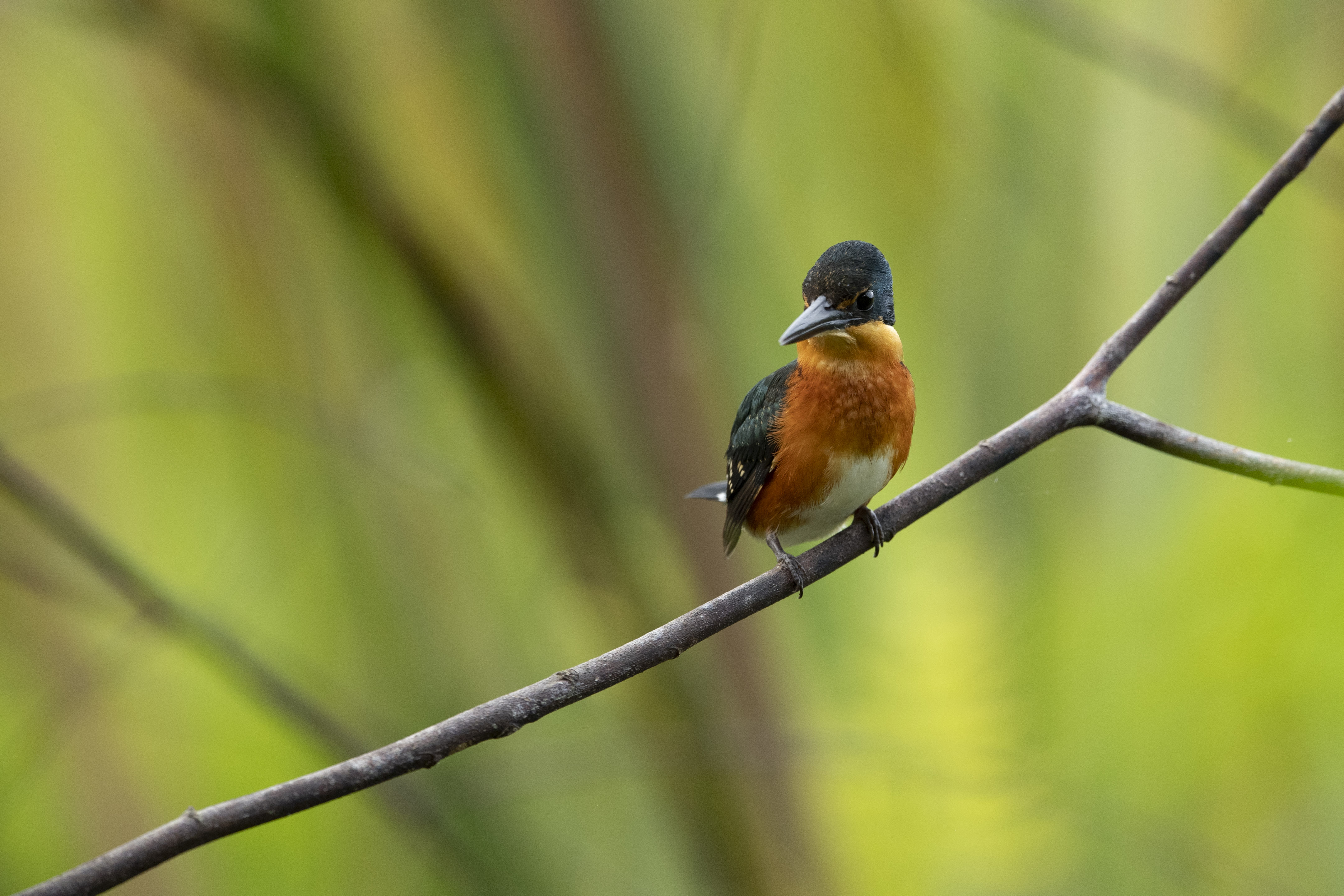Tárcoles River on:
[Wikipedia]
[Google]
[Amazon]
The Tárcoles River, also called the Grande de Tárcoles River or the Río Grande de Tarcoles, in
 The river's watershed drains approximately 67% of Costa Rica's untreated organic and
The river's watershed drains approximately 67% of Costa Rica's untreated organic and  Reptiles, such as the
Reptiles, such as the
Costa Rica
Costa Rica (, ; ; literally "Rich Coast"), officially the Republic of Costa Rica ( es, República de Costa Rica), is a country in the Central American region of North America, bordered by Nicaragua to the north, the Caribbean Sea to the no ...
originates on the southern slopes of the Cordillera Central volcanic range and flows in a south-westerly direction to the Gulf of Nicoya
The Gulf of Nicoya ( es, Golfo de Nicoya) is an inlet of the Pacific Ocean. It separates the Nicoya Peninsula from the mainland of Costa Rica, and encompasses a marine and coastal landscape of wetlands, rocky islands and cliffs.
The first Spanish ...
. The river is long and its watershed covers an area of , which encompasses around 50% of the country's population.
Course
 The river's watershed drains approximately 67% of Costa Rica's untreated organic and
The river's watershed drains approximately 67% of Costa Rica's untreated organic and industrial waste
Industrial waste is the waste produced by industrial activity which includes any material that is rendered useless during a manufacturing process such as that of factories, mills, and mining operations. Types of industrial waste include dirt and ...
and is considered the most contaminated river basin in the country.
The river's upper reaches form the northern border of the Carara National Park
Carara National Park is a national park in the Central Pacific Conservation Area located near the Pacific coast of Costa Rica. It was established on 27 April 1978 as a biological reserve, but its growing popularity after 1990 forced the government ...
. It is a habitat for American crocodile
The American crocodile (''Crocodylus acutus'') is a species of crocodilian found in the Neotropics. It is the most widespread of the four extant species of crocodiles from the Americas, with populations present from South Florida and the coasts ...
s, while the marshes located at the river's mouth have many waterfowl
Anseriformes is an order of birds also known as waterfowl that comprises about 180 living species of birds in three families: Anhimidae (three species of screamers), Anseranatidae (the magpie goose), and Anatidae, the largest family, which in ...
and wading bird
245px, A flock of Dunlins and Red knots">Red_knot.html" ;"title="Dunlins and Red knot">Dunlins and Red knots
Waders or shorebirds are birds of the order Charadriiformes commonly found wikt:wade#Etymology 1, wading along shorelines and mudflat ...
s. Among the many heron
The herons are long-legged, long-necked, freshwater and coastal birds in the family Ardeidae, with 72 recognised species, some of which are referred to as egrets or bitterns rather than herons. Members of the genera ''Botaurus'' and ''Ixobrychus ...
s and egret
Egrets ( ) are herons, generally long-legged wading birds, that have white or buff plumage, developing fine plumes (usually milky white) during the breeding season. Egrets are not a biologically distinct group from herons and have the same build ...
s are the boatbill and bare-throated tiger heron
The bare-throated tiger heron (''Tigrisoma mexicanum'') is a wading bird of the heron family, Ardeidae, found from Mexico to northwestern Colombia, with one recorded sighting from the United States in Hidalgo County, Texas.double-striped thick-knee
The double-striped thick-knee (''Burhinus bistriatus'') is a stone-curlew, a group of waders in the family Burhinidae. The vernacular name refers to the prominent joints in the long greenish-grey legs, and ''bistriatus'' to the two stripes of th ...
, mangrove warbler and American pygmy kingfisher
The American pygmy kingfisher (''Chloroceryle aenea'') is a species of "water kingfisher" in subfamily Cerylinae of family Alcedinidae. It is found in the American tropics from southern Mexico south through Central America into every mainland ...
. The total list known of birds well exceeds 320 species including the little known Guacalillo Canals. The avian biodiversity is substantial including rare birds such as Agami Heron, Rufous-necked Woodrail, Jabiru, Yellow-billed Cotinga and recently found an Orinoco Goose. It's also home of Howler and White-faced Capuchin Monkeys. Less commonly seen are Silky Anteater, Sloths, Grinson, Jaguarundi, River Otter and Northern Tamandua.
 Reptiles, such as the
Reptiles, such as the American crocodile
The American crocodile (''Crocodylus acutus'') is a species of crocodilian found in the Neotropics. It is the most widespread of the four extant species of crocodiles from the Americas, with populations present from South Florida and the coasts ...
, caiman
A caiman (also cayman as a variant spelling) is an alligatorid belonging to the subfamily Caimaninae, one of two primary lineages within the Alligatoridae family, the other being alligators. Caimans inhabit Mexico, Central and South America fro ...
, common basilisk
The common basilisk (''Basiliscus basiliscus'') is a species of lizard in the Family (biology), family Corytophanidae. The species is Endemism, endemic to Central America and South America, where it is found near rivers and streams in rainforest ...
and large iguana
''Iguana'' (, ) is a genus of herbivorous lizards that are native to tropical areas of Mexico, Central America, South America, and the Caribbean. The genus was first described in 1768 by Austrian naturalist Josephus Nicolaus Laurenti in his bo ...
s, are also easily seen.
References
Rivers of Costa Rica {{CostaRica-river-stub